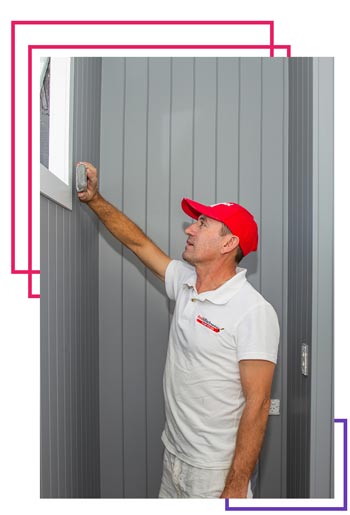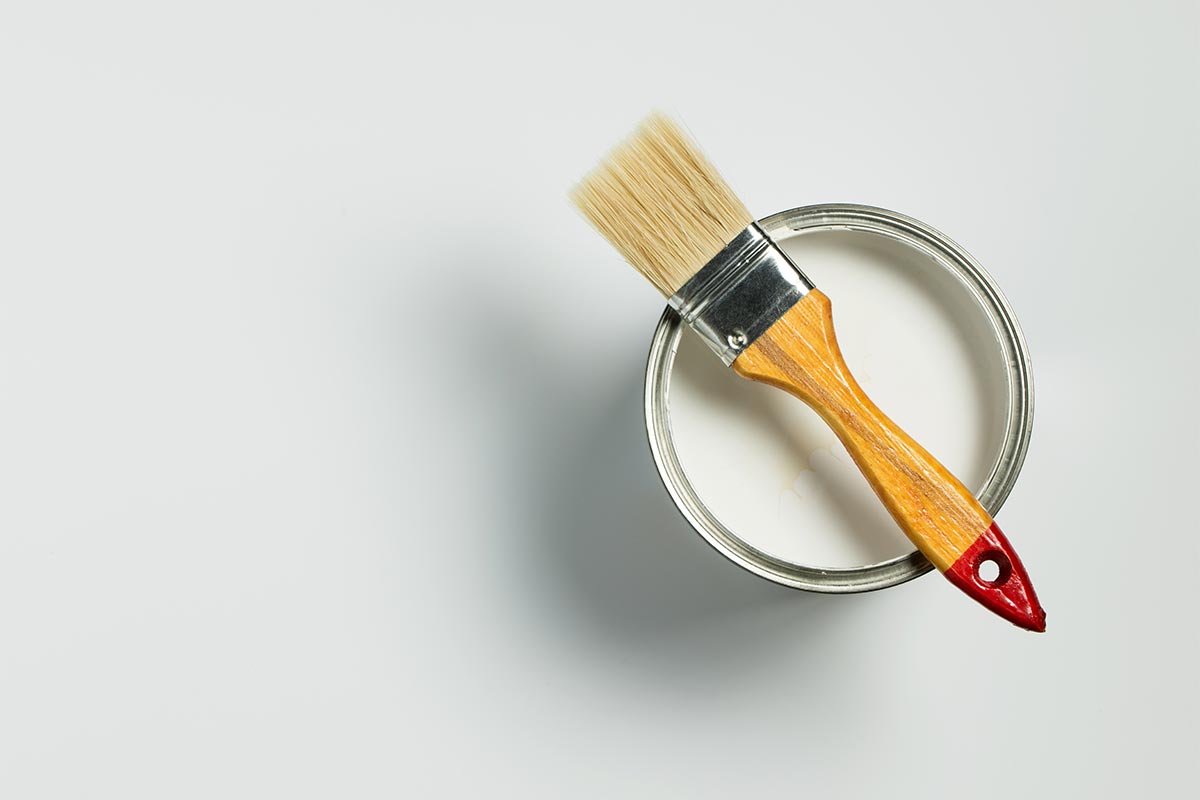- 0421 572 423
- cd_70@optusnet.com.au
- Mon - Fri: 9AM - 5PM

Got a DIY paint job, but not sure where to start?
Painting a room yourself is a cheap alternative to hiring a handyman if you’re looking to save some money on your renovations. While it can be a daunting task to take on, there’s good news – it doesn’t need to be! Here’s 5 tips to help you make your DIY paint job go as smooth as possible.
Are there any places that are flaking, peeling, or cracked? These areas need to be lightly sanded or scraped, then thoroughly cleaned before painting. Any dirt or grease marks will need to be cleaned off as well. This will ensure the new paint has a clean, smooth surface to stick to.

The ever important
It’s important to remember that paint colour can vary from one colour to the next. If you have to open a new can half way through a wall, you may be able to notice the difference. The best way to avoid this is to speak to a professional, like the team at Red and Black Painting. Talking to a professional will give you an idea about how much paint you’re likely to use, so that you can purchase it all at once. Then, at home, combine all of your paint into one large container before starting to paint. By combining all the paint you’ll need to use before you begin, the problem of varying colour is eliminated. This process is known as “boxing” your paint.
Paint in the right order


keep the paint even
Following these tips should make your DIY painting go as smooth as possible. For more tips like these, and professional, friendly advice, drop into Red and Black Painting today and speak to our team about your next DIY project.